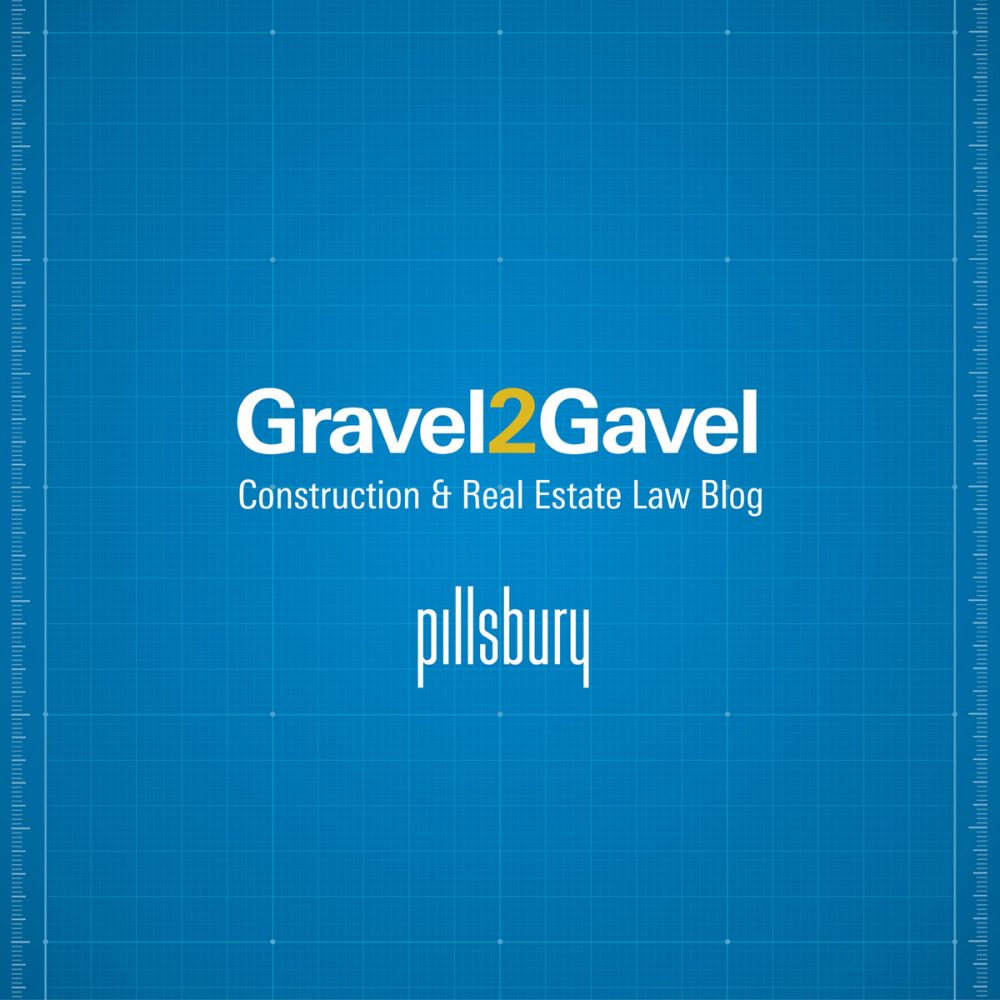Similar to the existing Low-Income Housing Tax Credit (LIHTC), the WHTC would provide additional federal income tax credits to housing development projects for tenants making between 60% and 100% of Area Median Income (AMI). The allocation of WHTC would be based on a competitive bid process and awarded to developments over a 15-year credit period (as opposed to a 10-year credit period for LIHTC). Developments receiving allocations of WHTC will be subject to affordability requirements during the 15-year credit period and subsequent extended use period of at least 15 years.
The WHTC program has been designed to work alongside the LIHTC program. Developers will be able to combine WHTCs with LIHTCs, so long as at least 20% of the total units in the building are dedicated as middle-income units and the project otherwise meets LIHTC requirements. In addition, states will be authorized to transfer any portion of their WHTC for a given year to LIHTC at any time during the year, which should increase flexibility for states to meet their affordable housing production goals.
Additional highlights of the WHTC are outlined below:
- The amount of WHTC allocated to each state would be based on population. For example, in 2024, the allocation would be $1 per capita with a $1.5 million small state minimum. The program would also make an additional 5% of the allocation available and reserved for qualified housing developments in rural areas.
- For new, non-federally subsidized buildings, the credit would equal 50% of the qualified basis of the building over the lifetime of the credit. For tax-exempt bond-financed buildings and acquisitions of existing buildings for purposes of rehabilitation, the credit would equal 20% of the qualified basis of the building. Additional credit can be awarded to projects in difficult development areas.
- In order to qualify for the tax credit, at least 60% of the units in a proposed development must be occupied by individuals with an AMI of 100% of less where the rents are restricted to 30% of the designated income.
- The provisions outlined in the WHTC Act would apply to buildings placed in service after December 31, 2023, in taxable years ending after such date.
The proposed WHTC comes at a time when the demand for affordable housing is at an all-time high. As housing prices continue to rise, more and more middle-class Americans find themselves opting for suitable rental housing as opposed to owning. However, the existing supply for apartment housing has not kept up with this recent increase in demand, resulting in higher rental costs. In the summer of 2023, average rental rates in the United States reached an all-time high of $1,725 per month. Unable to afford these elevated rental rates or to qualify for LIHTC developments, housing has become a significant challenge for many middle-class American families.
The goal of the WHTC is to serve this “missing middle” with the hope of boosting the nation’s supply of both affordable and workforce housing. It is estimated that the WHTC program could finance the development of 344,000 rental homes over a t10-year period. In support of the WHTC, David Gasson, executive director of the Housing Advisory Group, states that, “As LIHTC does for families, seniors and veterans, the [WHTC] will address the vital need for housing of our workforce and those not able to afford market rate housing.”
